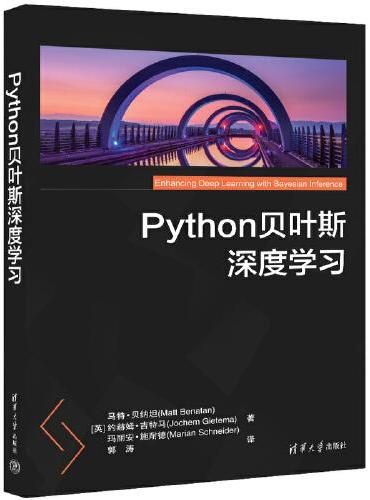
 |
登入帳戶
| 訂單查詢
| |
||
| 臺灣用戶 |
| 品種:超過100萬種各類書籍/音像和精品,正品正價,放心網購,悭钱省心 | 服務:香港/台灣/澳門/海外 | 送貨:速遞/郵局/服務站 |
|
新書上架:簡體書
繁體書
十月出版:大陸書
台灣書 |
|
|
||||
|
新書推薦:  《 Python贝叶斯深度学习 》 售價:HK$ 89.4  《 文本的密码:社会语境中的宋代文学 》 售價:HK$ 67.2  《 启微·狂骉年代:西洋赛马在中国 》 售價:HK$ 78.4  《 有趣的中国古建筑 》 售價:HK$ 67.0  《 十一年夏至 》 售價:HK$ 76.2  《 如何打造成功的商业赛事 》 售價:HK$ 89.5  《 万千教育学前·透视学前儿童的发展:解析幼儿教师常问的那些问题 》 售價:HK$ 58.2  《 慈悲与玫瑰 》 售價:HK$ 87.4
|
|
| 書城介紹 | 合作申請 | 索要書目 | 新手入門 | 聯絡方式 | 幫助中心 | 找書說明 | 送貨方式 | 付款方式 | 香港用户 | 台灣用户 | 大陸用户 | 海外用户 |
| megBook.com.hk | |
| Copyright © 2013 - 2024 (香港)大書城有限公司 All Rights Reserved. | |